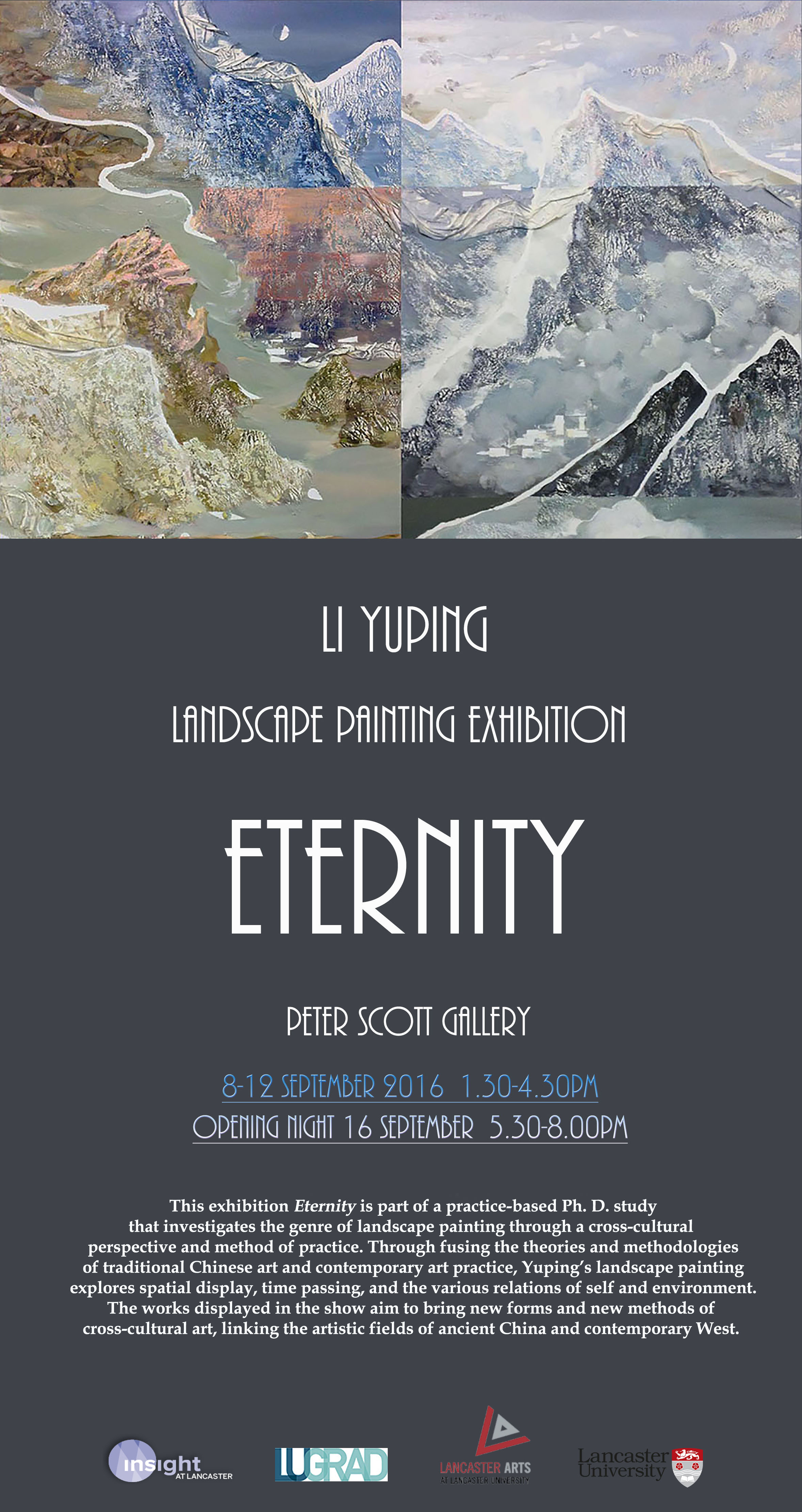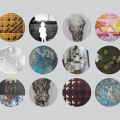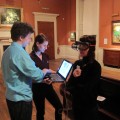The influence of pupil alignment on spectator address to Manet’s portraiture

![]() This research is part of the project Modes of Address in Pictorial Art, conducted by an interdisciplinary team of artists and scientists led by Professor Beth Harland (Lancaster University) with Professor Nick Donnelly and Professor Simon Liversedge (University of Southampton).
This research is part of the project Modes of Address in Pictorial Art, conducted by an interdisciplinary team of artists and scientists led by Professor Beth Harland (Lancaster University) with Professor Nick Donnelly and Professor Simon Liversedge (University of Southampton).
The project explores aesthetic theories in visuo-cognitive psychological terms. Our goal is to take an understanding of the general framework of visual cognition to provide a new understanding of spectatorship in art.
Following initial investigation of Manet’s painting A Bar at the Folies Bergere, the team here proceeded to a further study of Manet’s paintings, investigating spectator reaction to Manet’s frequent use of pupil misalignment in his portrait paintings. The study encompassed the entire oeuvre of Manet’s painted portraits and participants included experts (artists and ophthalmologists) and novices.
Pupil misalignment is, we hypothesize, one mechanism that is central to a ‘double relation’ between painting and spectator, creating ambiguous images that are at once both absorptive and theatrical in their address. Novices and experts classified the portraits for evidence of horizontal and vertical pupil misalignment and rated each portrait for overall gaze ambiguity.
We interpret the results as showing the profound importance for pupil misalignment, especially on the vertical axis, for Manet in his evocation of modern life and the ‘double relation’ of his paintings’ address to spectators.





